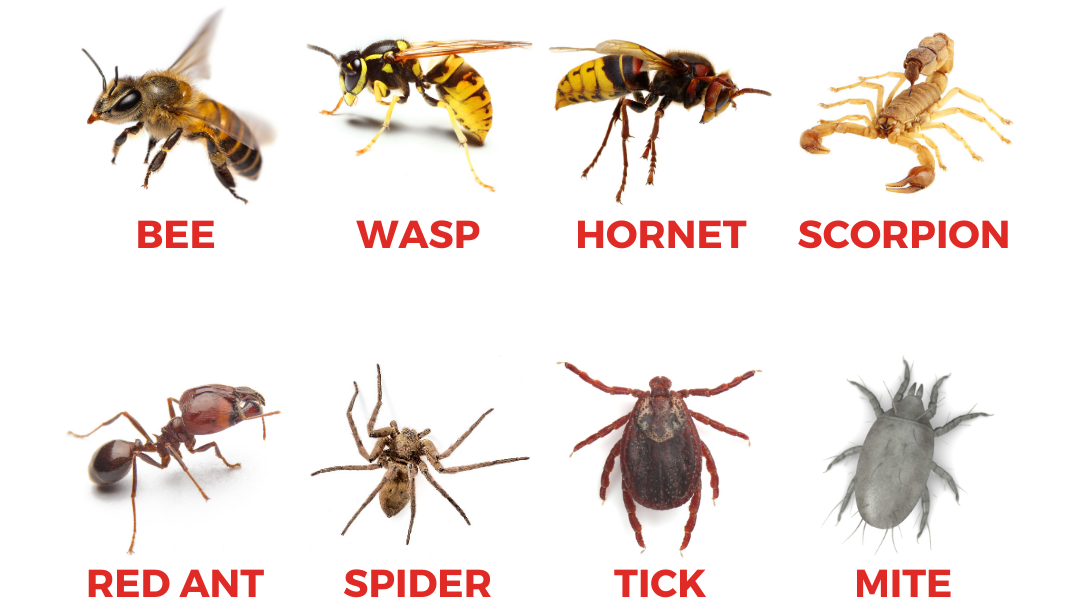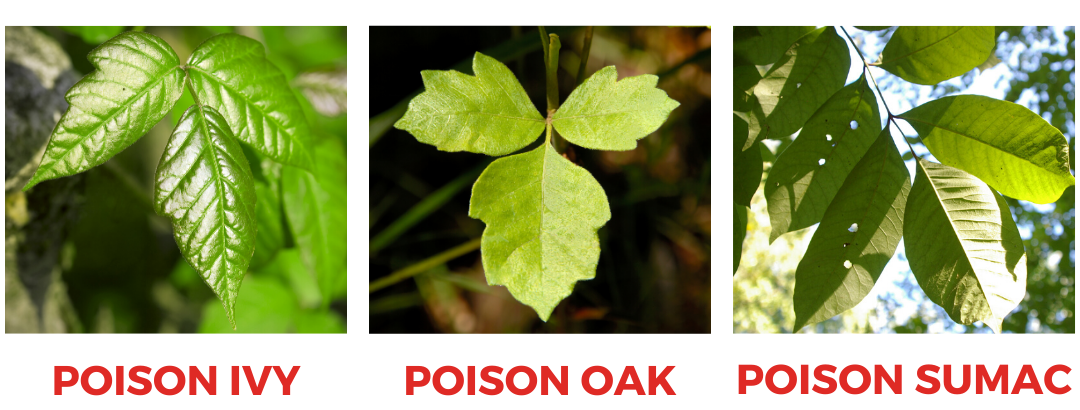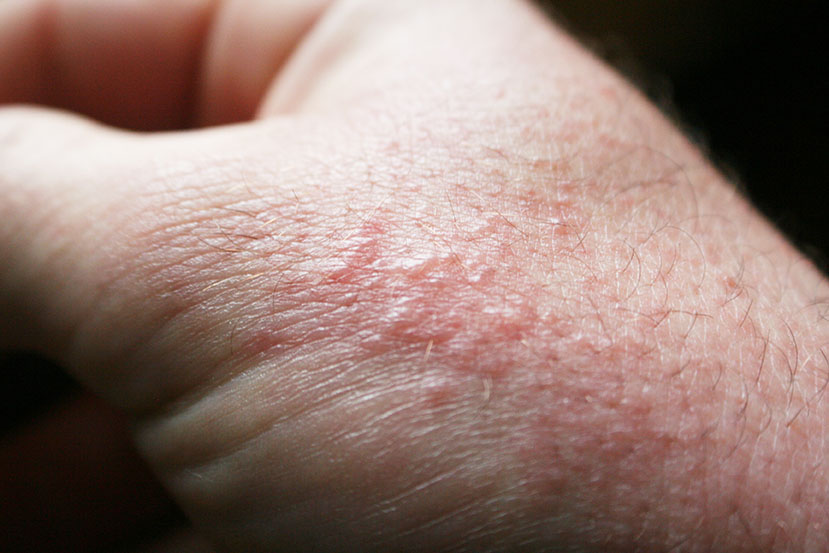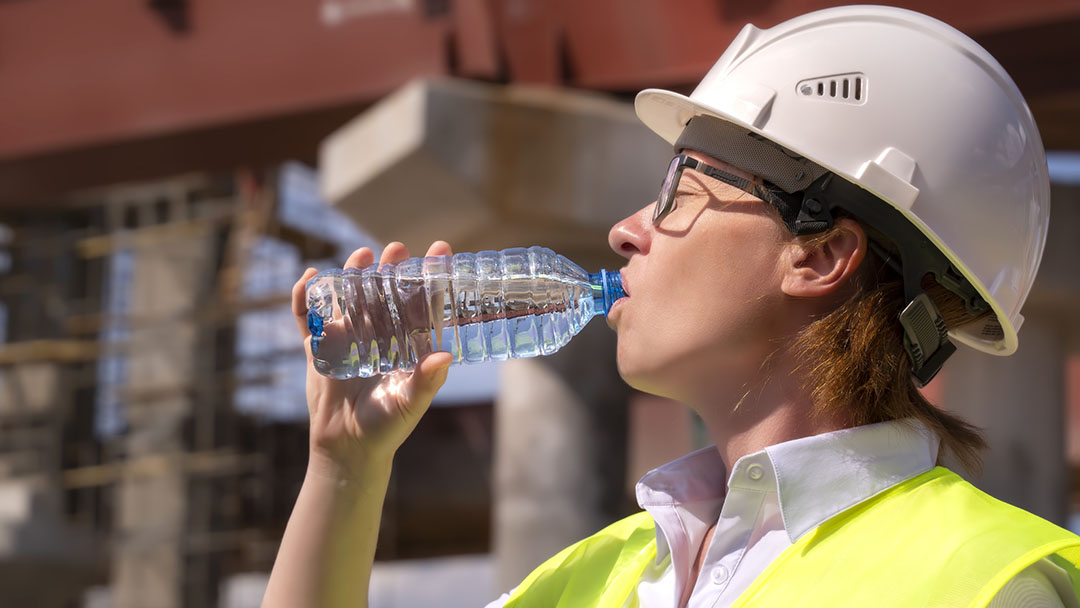As summer is now officially here, it is important for employers to be aware of dangers that are possible on their job site during these months that may not be as present during the rest of the year.
When thinking of summer hazards, heat is often the obvious danger, but there are many others that must not be overlooked.
Learn about some of the most common summer hazards, steps you can take to protect all workers, and even how to identify and address specific dangers that may be found on your jobsite.
The Dangers of Summer Heat

In 2019, both June and July were the hottest months on historical record, respectively, while August was tied with 2016 for the second-hottest August on record. These rising temperatures signify increased dangers for summer workers.
The U.S. Bureau of Labor Statistics reported that in 2018, there were 60 worker deaths due to extreme temperatures. Many of these likely could have been avoided with basic precautions and preventive measures.
Any time spent out in the sun means exposure to UV rays, which can lead to everything from minor sunburns to skin cancer. OSHA offers a quick guide outlining the signs of heat illness, heat exhaustion and heat stroke, but there are some simple steps employers and workers can take:
- Use sunscreen with SPF 15 or higher and re-apply every two hours
- Take regular breaks in the shade or in air conditioning
- Wear lightweight, long-sleeved shirts and long pants whenever possible
- Drink one cup of cool water every 20 minutes
- Ensure there is good ventilation in enclosed working spaces
OSHA also offers a heat stress calculator that can help employers determine if any worker is experiencing higher-than-recommended heat stress. The calculator is not perfect but rather should be used as a guide for applying work practice controls to combat heat stress.
The National Oceanic and Atmospheric Administration (NOAA) has recently discussed that they believe 2020 might be the hottest overall year on record. Make sure your entire workforce is prepared for the potential dangers this could mean this year.
Looking for more online safety training content?
VIEW THE 800+ COURSES AVAILABLE!
Severe Storm Hazards

While storms can of course occur at any time of year, severe thunderstorms are more likely to happen during the summer months. This is because, according to the National Severe Storms Laboratory, storms need moisture and warmth to thrive.
One major danger that comes along with storms is lightning. These sudden strikes can appear anywhere within a storm, striking from cloud to cloud or, more dangerously, from cloud to ground. Each bolt can contain up to one billion volts of electricity.
Lightning can quickly cause fires to start in fields, trees or even buildings, and can be deadly to people. If there is lightning in your work area, all outdoor employees need to seek shelter indoors as quickly as possible.
Many thunderstorms bring heavy rains, which can result in flooding, from a couple of inches to a dozen feet or more. Flooding presents dangers to worksites, buildings and workers themselves. If you work near water, drainage ditches or other low-lying areas, you should have a plan of action in place for evacuation to higher ground.
A danger you may not consider but one that can be incredibly damaging is high winds. In fact, across the lower 48 states, winds account for half of all severe damage reports. Staying indoors, ideally not in a mobile structure, and away from windows is the best way to stay safe. High winds can come with any storm, so no matter where you work, this danger could quickly become a problem.
One of the most dangerous outcomes of severe weather is tornadoes. While some areas of the United States are far more familiar with tornadoes, they can, and have, occurred in every state. As tornadoes often develop quickly, it is crucial that all employees know what to do and where to go well before a situation arises. For example:
- Move to an interior room, such as a central bathroom or closet
- Stay away from windows and heavy equipment
- If outside, lie down in a ditch and cover your head with your arms
- Do not stay in a car or other vehicle and do not try to outrun the tornado
Storms bring with them many different dangers so you should be sure every worker knows what to do in any situation. It is a good idea to carry out regular drills so that, in a real emergency, there is less panic and hesitation.
Dangerous Flora and Fauna
With the summer comes heat and humidity, which brings out bugs and insects not commonly encountered in cooler weather. In addition to the pain and swelling associated with bug bites or stings, many people may suffer from life-threatening allergic reactions.
Bees or wasps are typically the first things that come to mind when you think about insects, and different species are found across the country. If you are working outdoors, keep an eye out for nests and hives. If you do see one, don’t panic. It is a good idea to keep insect spray on hand to neutralize nests. You can also avoid wearing bright colors and strong, sweet-smelling scents, both of which could make you more attractive to these insects.
Ticks, which are part of the arachnid family, also become more problematic during the summer. Every year, an estimated 30,000 cases of Lyme disease are reported to the CDC, but it is thought that this is only 10% of the actual number of cases.
While bees and wasps are relatively easy to avoid, ticks can be difficult to see and can be found in every state. They typically live in thick, wooded areas or tall grass. Long sleeves and pants can help keep ticks off your body but after working in an area where ticks might be, be sure to do a full body check and wash your clothes.

In addition to dangerous creatures, there are also potentially deadly plants that seem to be more populous in the summer. The most common, found across all lower 48 states, are from the sumac family: Poison ivy, poison oak and poison sumac.

Most people know the old adage, “leaves of three, let it be” but this is only applicable to poison ivy and poison oak, and even then is not entirely reliable. You must be aware of local varieties of all three plants and avoid working near any questionable-looking plants when possible.
There are some simple first aid steps you can take if you or another worker encounters poison ivy, oak or sumac:

- Immediately rinse the skin with rubbing alcohol or dishwashing soap and plenty of water
- Apply wet compresses, calamine lotion or hydrocortisone cream to reduce itching, but do not apply creams if skin is broken
- Taking diphenhydramine (Benadryl) can also help relieve itching
In any case of a bite or sting, or contact with a poisonous plant, go to an emergency room or call 911 if the affected person has severe swelling or difficulty breathing, or has had such side effects in the past.
Taking Control of Safety
While understanding these general summer hazards is important, it is crucial that you and all your employees recognize the specific dangers that may arise at your jobsite.
One step you need to take is reviewing the physical settings of your work area. Do you work near a river or other body of water that might be prone to flooding? Are you involved in construction using heavy equipment? By examining the environmental setting of your work, you can discover potential dangers to consider and prepare for.
A large part of occupational health and safety (OHS) has typically been how an employee recognizes hazards and responds to workplace accidents. But in the last few years, the field has evolved to become more about prevention and hazard identification.

OHS experts have started focusing on educating employees and identifying potential issues rather than on what is essentially damage control. The hope is that taking a prevention-based approach and trying to stop an accident from ever happening will help companies save the time and money that comes along with mitigating the effects of workplace accidents.
A job hazard analysis (JHA), sometimes called a job safety analysis, task hazard analysis or job hazard breakdown, is one way for your company to identify and work to correct potential dangers in your specific workplace.
Conducting a JHA will help you understand the most dangerous jobs in your workplace, what those specific hazards entail, and corrective and preventive measures you can take to reduce or completely eliminate the likelihood of accidents, injuries and illnesses.
Keeping Everyone Safe
So now that you have an idea of some of the basic summer hazards you need to be aware of, how do you go about keeping your employees safe?
Taking online safety training is convenient as each of your employees can receive training on a wide range of topics, from avoiding heat stress to understanding specific OSHA regulations and even learning important tornado or hurricane safety measures.
Another benefit to taking training online is how easy it is to repeat training as often as is needed — or as often as you would like. Some OSHA regulations require training to be conducted at least annually, but because you never know when an inspection could occur, it is never a bad idea to brush up on safety training even when not required.
It’s never a wrong time to evaluate your current safety program, or implement a new one, to protect your employees. Contact SafetySkills today to see how we can help you get started on improving your safety program.


